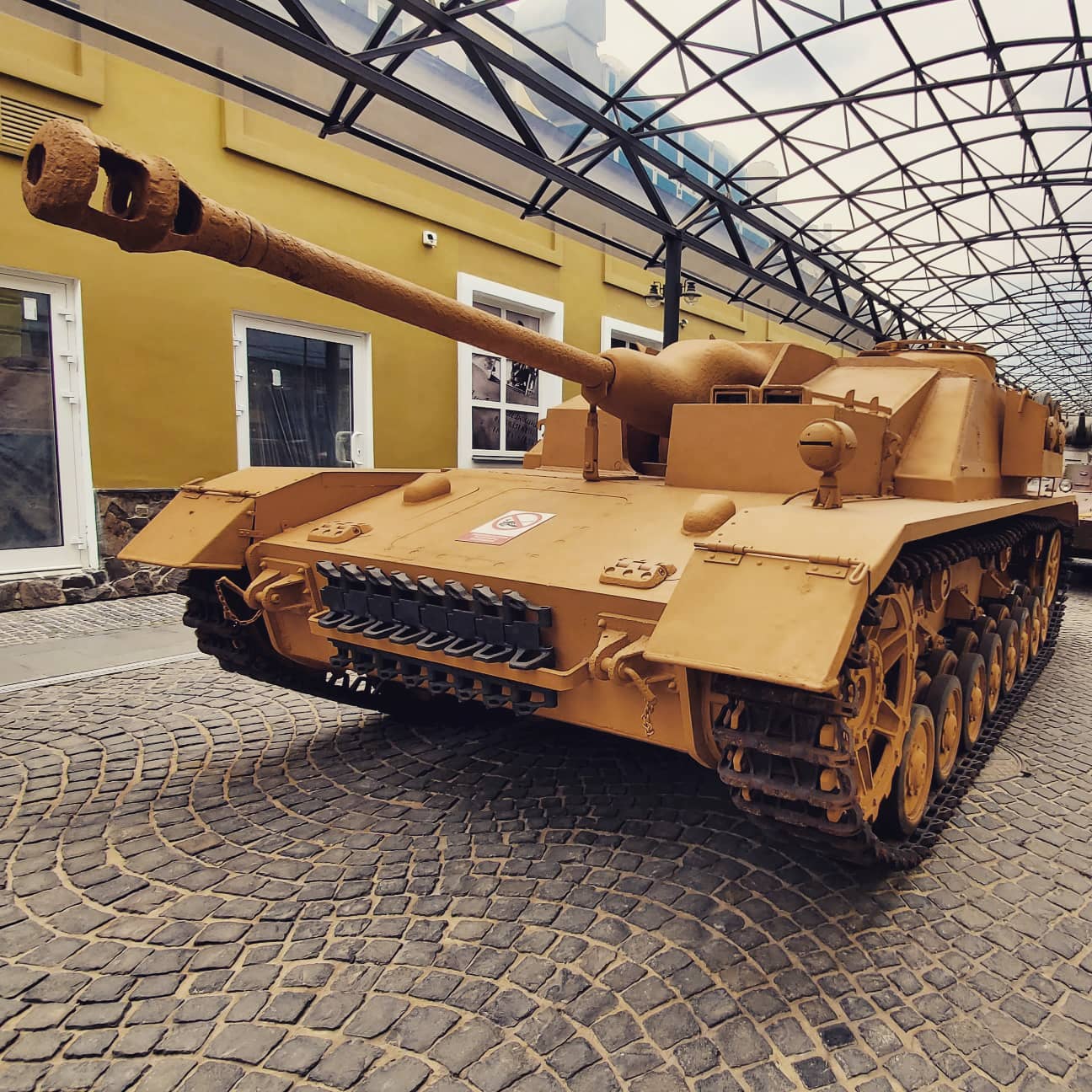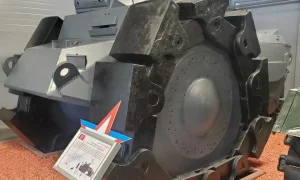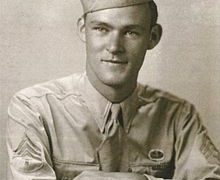Was Stug IV Germany’s Best Weapon?
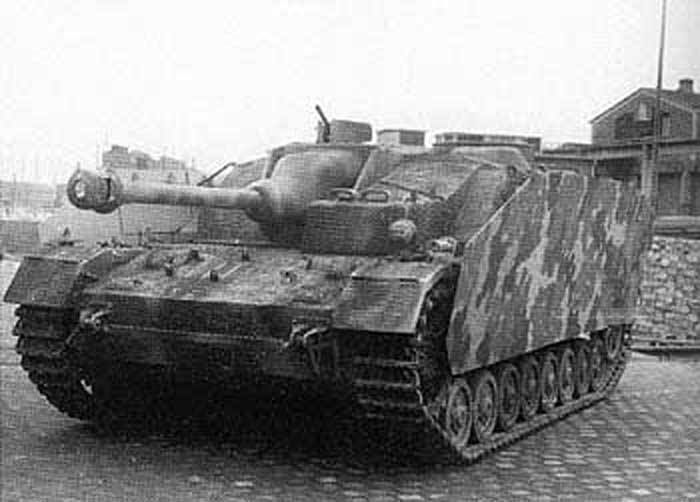
Sturmgeschütz IV (StuG IV, Sturmgeshütz IV, Stug 4) is a medium- German self-propelled artillery unit of the assault gun class in the Second World War based on the Pz.Kpfw tank. IV.
Stug IV Combat Use
The main task of assault guns was to support infantry on the battlefield and destroy enemy tanks from ambushes and during defense. Assault guns were intended for close interaction with infantry, suppression of enemy flank firing points, destruction of tanks and armored vehicles.
Sturmgeschütz IV assault guns were used in assault artillery and anti-tank units of the Wehrmacht. Many StuG IVs were used in tank destroyer companies.
In 1944, during the battles in Courland, the 184th, 226th and 912th assault gun brigades were noted, which were equipped with fully equipped StuG IV batteries. One StuG IV battery of the 226th Assault Gun Brigade disabled more than 35 enemy tanks and lost one vehicle in two days of fighting.
Stug IV History
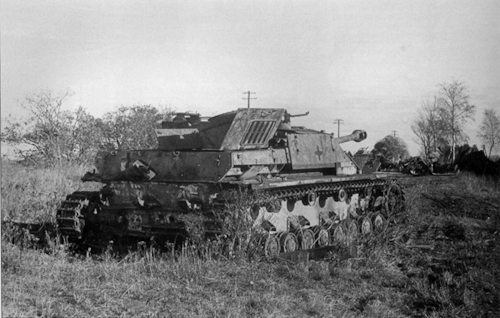
Serially produced from December 1943 to April 1945, a total of 1163 vehicles were produced. According to the departmental rubricator of the Ministry of Armaments of Nazi Germany, the self-propelled gun was designated as Sd.Kfz.163. The impetus for the creation of such a combat vehicle was the insufficient number of StuG III assault guns. Since the deployment of StuG III production at the existing production facilities of the Krupp-Gruson company (manufacturer of the PzKpfw IV medium tank) was meaningless from an economic point of view, a project was developed to install a cabin from the StuG III on the PzKpfw IV chassis. This project became the starting point for the production of the StuG IV. Since January 1944, the Krupp-Gruson company stopped the production of the base tank and completely switched to the production of the StuG IV. These self-propelled guns were actively used on all fronts of World War II.
So far, three copies of the StuG IV have survived (two in Poland and one in Latvia (currently sold in the Russian Federation and located in the museum of V. Zadorozhny, the engine and transmission are missing in the tank). In the Museum of Armored Vehicles of the Training Center of the Polish Ground Forces in Poznan is the world’s only working StuG IV.
Stug 4 Construction and Description
- Armor : 10-80 mm
- Gun : 7.5 cm StuK 40 L/48 in 75 mm
- Ammunition : 63 rounds
Frame
The self-propelled guns of this type used a welded hull, which used the hull of the PzKpfw IV tank as the basis.
Felling
Cutting thickness 80 mm, removable. Fastening to the body with bolts and corners. On the roof there was a commander’s turret, armor 30-50 mm thick. An 7.92 mm MG 42 anti-aircraft machine gun was placed on the roof.
Engine
Engine Maybach HL 120 TRM, V12, liquid cooled. Power 300 l. With. I used leaded gasoline OZ 74 as fuel. Gasoline was placed in three tanks with a total capacity of 430 liters. Fuel consumption was 195 liters per 100 km. Cruising on the highway 210 km, 130 km on rough terrain.
In addition to the electric starter, the engine could be started using the handle. In addition, a Kübelwagen engine could be used to start the motor.
Electrician
The sight illumination and control devices were electrically powered.
Chassis
The undercarriage consisted of eight road wheels measuring 470 × 75 × 660, assembled into four carts. The upper section of the caterpillar was supported by four (Ausf. H and early Ausf. J) or three (Ausf. J) support rollers. All-metal track rollers began to appear towards the end of the war.
The idler wheel with tension mechanism was located at the rear, and the drive wheel with 20 teeth was located at the front.
In winter conditions, anti-slip teeth and special linings could be put on the tracks, increasing the width of the tracks. The caterpillar consisted of 99 tracks.
Armament
The main caliber was represented by the 75 mm StuK 40 L / 48 gun manufactured by Rheinmetall-Borsig. The gun could fire all the main types of shells used in the Wehrmacht. Ammunition 63 rounds. The barrel is rifled with 32 grooves 7.8 mm deep. The ignition of the charge is electrical (according to the terminology of that time – electric ignition).
Anti-personnel armament consisted of a 7.92 mm MG 34 machine gun. Ammunition 600 rounds. The machine gun was mounted on the roof of the cabin on a gun carriage; machine gun fire could be fired from the fighting compartment.
Radio
Two radio stations – FuG 16. The radio station had a whip antenna 2 meters long. The antenna was attached to the rear wall of the cabin. The machine was also equipped with an intercom system.
Optical equipment
Sfl ZF 1a and RblF 36 sights were used. Calibrated for a range of 0 to 2000 meters for armor-piercing shells and from 0 to 1500 for cumulative ones.
The vehicle commander had an SF 14z stereo tube. Seven periscopes were installed in the turret. The driver’s seat was equipped with two periscopes.
Optional equipment
Sapper’s tools: axe, hammer, crowbar, shovel and scissors for cutting barbed wire. They were transported on wings. On the right wing there was also a starter handle, and on the left – a gun banner. Spare road wheels were stored on the left side of the cabin.
Modifications
During production, changes were made to the design of tanks and self-propelled guns of the Wehrmacht. On June 8, 1944, the number of support rollers was reduced to six (three per board). There was also an armored engineering vehicle Ramschaufelpanzer StuG IV (Sd.Kfz.167).
StuG IV in the souvenir and gaming industry
Tank destroyer model (according to the Soviet classification) StuG IV
Currently, the model of the German self-propelled gun StuG IV is produced by prefabricated model companies: Zvezda, Tamiya, Dragon, Italeri, Academy, Modelist and a number of other companies in 1:35 and 1:72 scales. Also produced in 1:144 scale by Dragon. The finished model is 16.9 cm in 1:35 scale and 9.3 cm in 1:72 scale.
It is found in various online and offline games of Russian and foreign production.
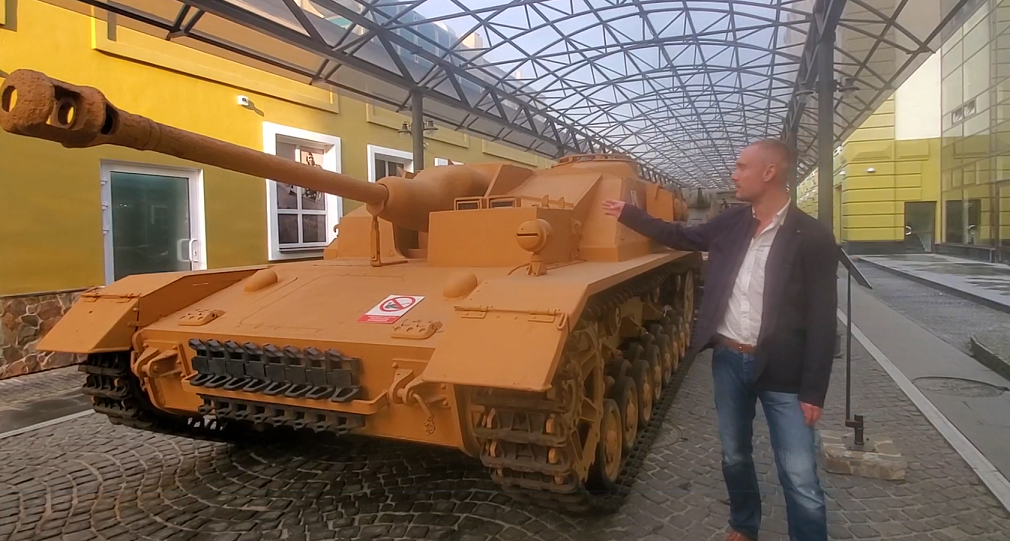
Stug 4 Specifications
| Armor | |||||||||||||||||||||||||||||||||||||
| Armor type | Steel rolled and cast , surface hardened | ||||||||||||||||||||||||||||||||||||
| Forehead of the hull (top), mm/deg. | 20 / 70° | ||||||||||||||||||||||||||||||||||||
| Forehead of the hull (middle), mm/deg. | 80 / 12° | ||||||||||||||||||||||||||||||||||||
| Forehead of the hull (bottom), mm/deg. | 30+30 / 60° | ||||||||||||||||||||||||||||||||||||
| Hull board, mm/deg. | 30 / 0° | ||||||||||||||||||||||||||||||||||||
| Hull feed (top), mm/deg. | 20/10° | ||||||||||||||||||||||||||||||||||||
| Hull feed (bottom), mm/deg. | 14.5 / 74° | ||||||||||||||||||||||||||||||||||||
| Bottom, mm | ten | ||||||||||||||||||||||||||||||||||||
| Hull roof, mm | 10 / 88° | ||||||||||||||||||||||||||||||||||||
| Forehead felling, mm/deg. | 50 / 15° –
80 / 0° – 30 / 70° |
||||||||||||||||||||||||||||||||||||
| Gun mantlet , mm /deg. | 50 / 5° | ||||||||||||||||||||||||||||||||||||
| Cutting board, mm/deg. | 30 / 10—30° | ||||||||||||||||||||||||||||||||||||
| Cutting feed, mm/deg. | 30 / 0° | ||||||||||||||||||||||||||||||||||||
| Cabin roof, mm/deg. | 10 / 75—90° | ||||||||||||||||||||||||||||||||||||
| Armament | |||||||||||||||||||||||||||||||||||||
| Caliber and make of the gun | 75 mm StuK 40 L/48 | ||||||||||||||||||||||||||||||||||||
| gun type | rifled | ||||||||||||||||||||||||||||||||||||
| Barrel length , calibers | 48 | ||||||||||||||||||||||||||||||||||||
| Gun ammunition | 63 rounds | ||||||||||||||||||||||||||||||||||||
| Angles VN, deg. | −6…+20° | ||||||||||||||||||||||||||||||||||||
| GN angles, deg. | ±10° | ||||||||||||||||||||||||||||||||||||
| Firing range, km | 7.7 | ||||||||||||||||||||||||||||||||||||
| sights | Monocular periscopic Sfl ZF 1a and RbLF 36 | ||||||||||||||||||||||||||||||||||||
| machine guns | 1 × 7.92 mm MG 34 ( coaxial with gun );
1 × 7.92 mm MG 42 ( remotely controlled mount on the deckhouse roof ) |
||||||||||||||||||||||||||||||||||||
| Machine gun ammunition | 600 rounds | ||||||||||||||||||||||||||||||||||||
Engine |
|||||||||||||||||||||||||||||||||||||
|
|||||||||||||||||||||||||||||||||||||
Stug 4 Mobility |
|||||||||||||||||||||||||||||||||||||
| Engine power, l. With. | 300 | ||||||||||||||||||||||||||||||||||||
| Highway speed, km/h | 38~40 | ||||||||||||||||||||||||||||||||||||
| Cross-country speed, km/h | fifteen | ||||||||||||||||||||||||||||||||||||
| Cruising range on the highway , km | 210 | ||||||||||||||||||||||||||||||||||||
| Power reserve over rough terrain, km | 130 | ||||||||||||||||||||||||||||||||||||
| Fuel tank capacity, l | 430 | ||||||||||||||||||||||||||||||||||||
| Specific power, l. s./t | 10.2 | ||||||||||||||||||||||||||||||||||||
| suspension type | Interlocked in pairs in four balancing bogies suspended on quarter-elliptical leaf springs | ||||||||||||||||||||||||||||||||||||
| Track width, mm | 400 | ||||||||||||||||||||||||||||||||||||
| Specific ground pressure, kg/cm² | 0.92 | ||||||||||||||||||||||||||||||||||||
| Climbability, deg. | 30° | ||||||||||||||||||||||||||||||||||||
| Passable wall, m | 0.6 | ||||||||||||||||||||||||||||||||||||
| Crossable ditch, m | 2.2 | ||||||||||||||||||||||||||||||||||||
| Crossable ford , m | 1.2 | ||||||||||||||||||||||||||||||||||||


